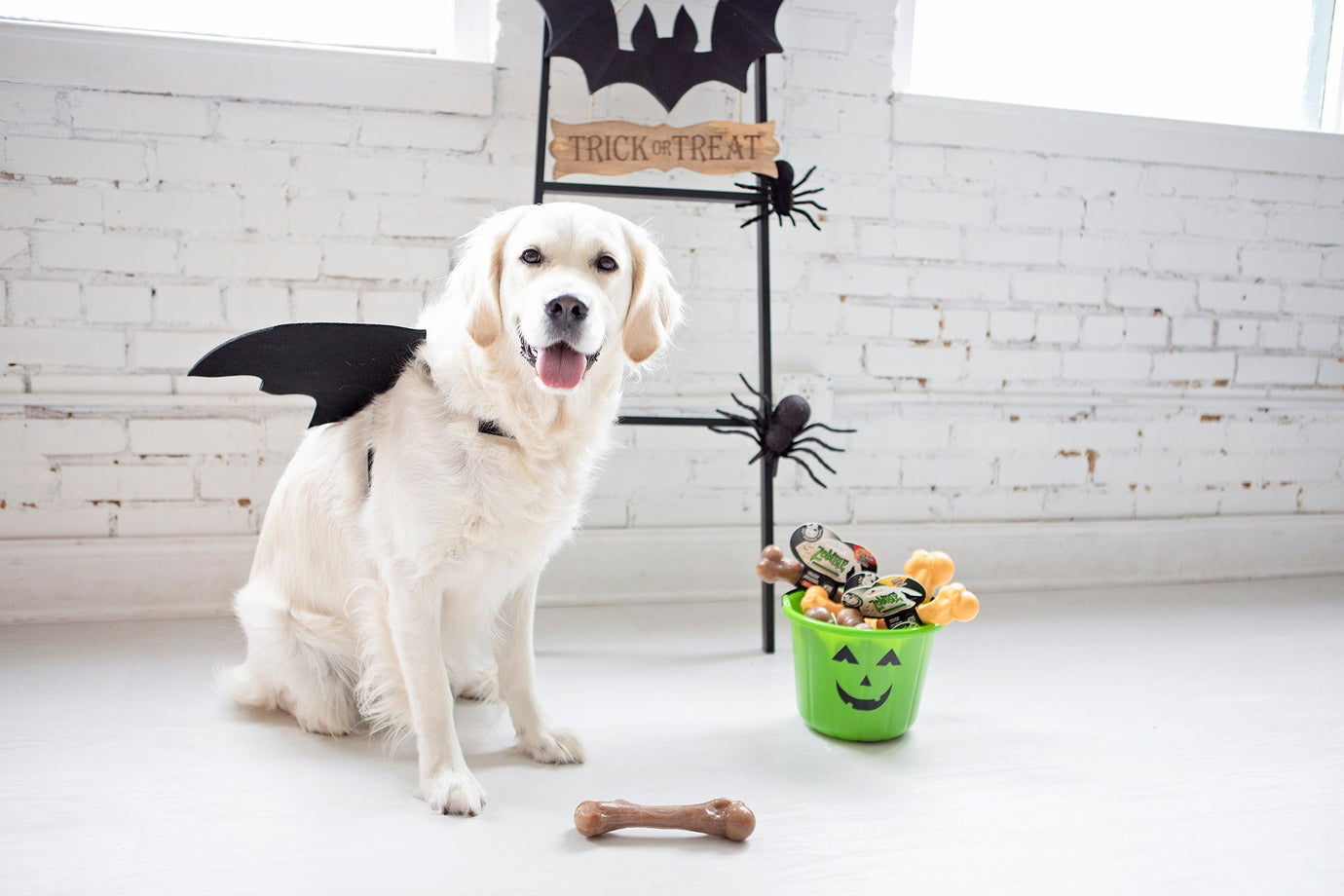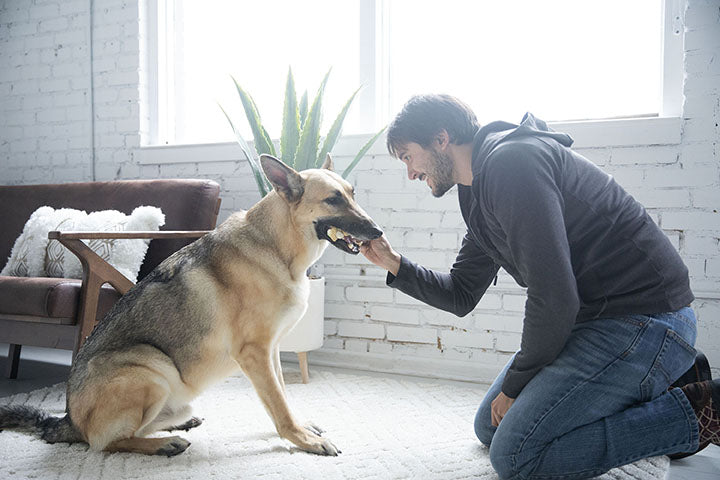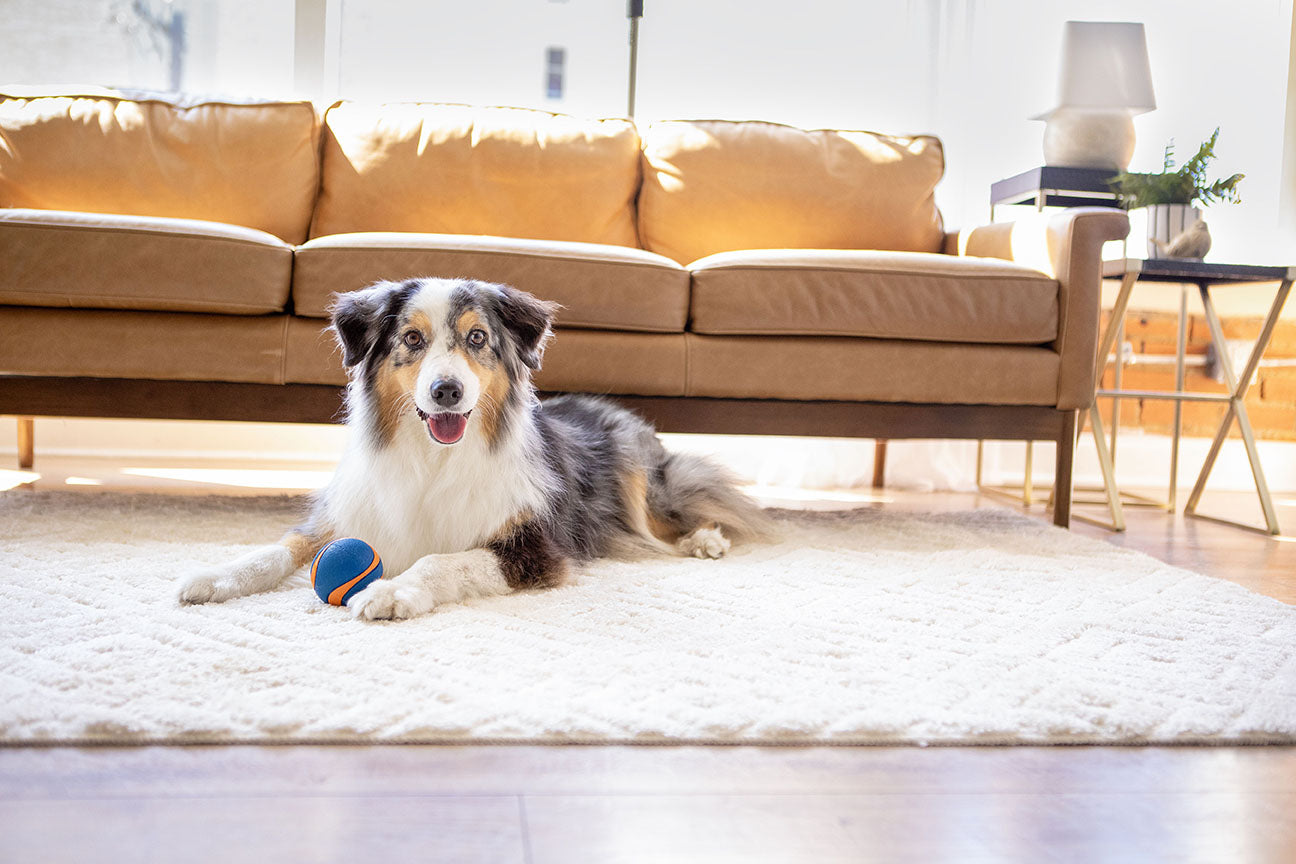How to Train a Dog with Positive Reinforcement

Training your dog should be an enjoyable and rewarding experience for both you and your furry friend. Whether you're teaching basic commands or advanced tricks, using positive reinforcement is a proven way to strengthen your bond while promoting good behavior. By rewarding your dog for doing the right things, you create a system that encourages them to learn quickly and enthusiastically.
Positive reinforcement training matters because it fosters a deeper connection with your dog while avoiding punishment-based techniques that can lead to anxiety or fear. Through this method, you and your dog can enjoy the learning process together, making it a win-win for all involved. In this guide, we’ll walk you through the steps of implementing positive reinforcement in dog training, ensuring an effective and compassionate approach.
What is Positive Reinforcement?
Positive reinforcement is all about rewarding your dog when they display the desired behavior. Whether it's offering a treat, a belly rub, or verbal praise, the idea is to associate the action with something your dog enjoys. This increases the likelihood of the behavior being repeated. For example, when your dog sits on command and receives a tasty treat, they will begin to connect sitting with a positive outcome and repeat the action.
However, not every dog is the same, and what motivates one may not work for another. Knowing your dog’s behavior and preferences, whether it's food rewards, toys, or affection, will help you fine-tune your training methods and make them more effective.
Benefits of Positive Reinforcement Training

Using positive reinforcement techniques offers numerous benefits, not only for your dog's learning process but for your relationship with them as well. Here are a few key advantages:
- Boosts Learning and Memory: Dogs learn faster and retain commands longer when trained with positive training methods, making training sessions fun and stress-free.
- Strengthens Trust: Positive reinforcement dog training avoids punishment, fostering a sense of trust and security between you and your pet.
- Enhances the Human-Dog Bond: Since training involves rewards and praise, it becomes an enjoyable activity, strengthening your connection with your dog.
- Encourages Problem-Solving: By rewarding exploration and curiosity, your dog learns to try new behaviors confidently without fear of punishment.
- Reduces Bad Behavior: Reinforcing good behavior naturally reduces unwanted behaviors as your dog learns that desirable actions lead to rewards.
How to Implement Positive Reinforcement in Dog Training
To get started with positive reinforcement, it’s essential to create a calm and focused environment. Here's how you can make the most of this training method:
Timing is Everything
For positive reinforcement to be effective, timing is key. The reward must be given immediately after the desired behaviors to ensure your dog connects the two. Verbal cues like "yes" or using a clicker can help mark the exact moment your dog performs the right action, helping them understand what behavior is being positively reinforced.
Consistency and Repetition
Consistency is crucial in any dog training approach. Use the same verbal cues and rewards each time your dog performs the desired behavior. Initially, reward every correct behavior (continuous reinforcement), then gradually shift to rewarding intermittently to maintain motivation and engagement.
Gradually Shape Behavior
For more advanced commands, break them down into smaller steps. For example, if you’re training your dog to enter its crate, start by rewarding it for approaching the crate, then for stepping inside, and finally for lying down. This step-by-step approach ensures that your dog begins learning at a comfortable pace without becoming overwhelmed.
Identifying and Using Effective Rewards

Not all rewards are created equal, and knowing what your dog likes most will help you tailor your training sessions for success.
Food Rewards
Most dogs are highly food motivated, making food treats a powerful tool in training dogs with positive reinforcement. Use small, easily consumable treats that won’t distract your dog from training. Over time, you can reduce dependence on training treats and replace some rewards with verbal praise or toys.
Praise and Affection
Don’t underestimate the power of a kind word and a belly rub! Pairing praise with other rewards, like treats or playtime, strengthens your dog’s understanding that good behavior brings positive outcomes. Just be sure to use a happy, upbeat tone to make your praise more effective.
Toys and Playtime
Toys can be just as rewarding as food treats for dogs who love to play. Keep special toys reserved for training sessions to maintain their novelty, and use short bursts of play to keep your dog engaged and focused on learning.
Advanced Positive Reinforcement Techniques

Once your dog has mastered basic commands, you can explore more advanced positive reinforcement methods to continue their training journey.
Clicker Training
Clicker training uses a small device that makes a clicking sound to mark the exact moment your dog performs the correct behavior. This helpful tool provides instant feedback, making it easier for your dog to learn new skills.
Target Training
In target training, your dog learns to follow or touch a designated object, such as a stick or your hand. This technique can be particularly helpful in teaching more complex behaviors or guiding your dog’s movements without physical force.
Wrapping Up Your Training Journey
Positive reinforcement isn’t just about teaching your dog commands—it’s about building trust and creating an enjoyable learning experience for both of you. By using positive reinforcement training methods like verbal praise, food treats, and other rewards such as a favorite toy or a belly rub, you're reinforcing desired behaviors while addressing unwanted behaviors. This approach helps your dog learn new skills effectively and encourages good behavior without the use of negative reinforcement.
Remember, the key to success is patience, consistency, and a genuine understanding of your dog’s individual needs. With positive reinforcement, you’re not just teaching tricks; you’re fostering a relationship based on trust, love, and mutual respect.
Ready to enhance your dog's training experience with the right tools? Visit Petmate and shop now for products that support positive reinforcement dog training!
Previous article

Next article

Related posts
View all-

Halloween Pet Safety: Keep Your Furry Friends Safe & Happy
-

National Dog Week: 7 Fun Ways to Celebrate with Your Pup
The last full week of September marks National Dog Week: a tradition going strong since 1928. Founded by Captain William Lewis Judy, this celebration was created to promote responsible dog ownership, reduce the number of stray dogs, and honor the incredible role dogs play in our lives.
Read Article -

How to Prep Your Pet for Fall: Grooming and Wellness Tips
As the days grow shorter and the crisp air settles in, our routines naturally shift; long walks become brisk outings, and cozy nights become the norm. Like us, pets feel these changes. Helping them ease into the new season ensures they stay happy, comfortable, and healthy.
Read Article



